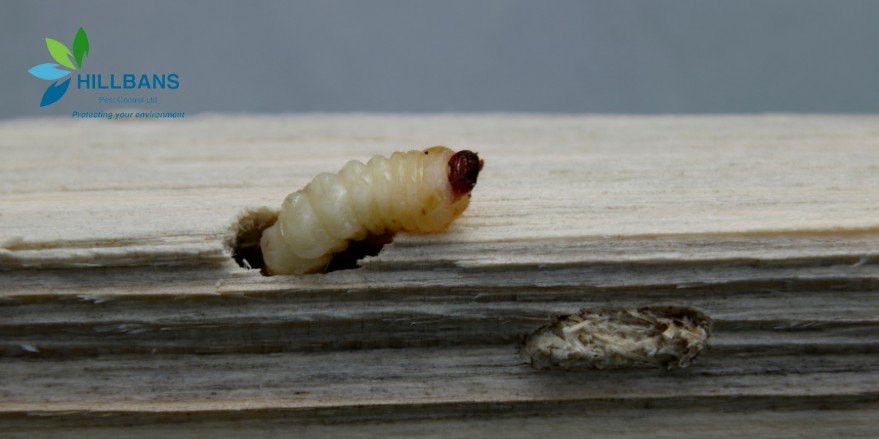
There’s nothing worse than seeing that fine dust around precious furniture or on your wooden floors and when you do, you know you have woodworm lurking.
If you’re a homeowner, you might have heard of woodworm – the pests that can cause serious damage to your home’s wooden structures. Contrary to what their name suggests, woodworm are not actually worms, but rather the larval stage of different species of beetles. They can spend several years eating through timber without being detected, which can lead to significant structural damage if left untreated. In this blog post, we will explore woodworm, the damage they can cause, how to identify an infestation, and the importance of contacting a professional pest control company like us to deal with the problem.
Identifying and diagnosing a woodworm infestation is the first step in preventing further damage to your wooden furniture or property. The signs of woodworm infestation may not be immediately obvious, but there are key indicators to look out for. One of the signs of previous woodworm infestation that may have already been treated is the presence of small, round exit holes in the wood. These holes are made by adult beetles emerging from the wood after they have laid their eggs. The size of the holes can vary depending on the species of beetle, but they are generally between 1-2mm in diameter. Another indicator of a woodworm infestation is the presence of small piles of wood dust. This is created by the larvae as they tunnel through the wood and is often found near the exit holes and this is the sign of a current infestation.
You may also notice weak and crumbly wood, which is a result of the larvae feeding on the wood and weakening its structure. This can be particularly dangerous in structural beams, as it can compromise the integrity of the building. Common wood beetles favour loft timbers and old furniture whilst Death Watch beetles target Ash and Oak hardwood.
If you’ve discovered a woodworm infestation, don’t panic. There are several methods to get rid of woodworm, depending on the severity of the infestation and the type of woodworm involved.
The first step is to identify the type of woodworm you’re dealing with. There are several species of woodworm, and the treatment method can vary depending on the type. If you’re unsure, it’s best to seek professional help from a pest control specialist or a timber expert. In most cases, using an insecticide formula applied either via fumigation spray or brushed-on seeps into the wood, killing the larvae before it has chance to pupate, mate and lay more eggs. Thus, breaking the woodworm’s breeding cycle.
But as always, prevention is better than cure . The good news is that there are some simple steps you can take to prevent woodworm from attacking your wood in the first place.
It’s important to ensure that any wood in your property is well maintained. This means keeping it clean and dry, and ensuring that it is not exposed to damp conditions. Woodworm thrives in damp environments, so it’s important to keep your home dry and well-ventilated. And consider adding further ventilation to loft and attic areas to keep the timbers as dry as possible. Anything below 12% humidity is ideal.
If you need further advice or if you think you have a woodworm infestation, call Hillbans Pest Control who are specialists in treating Woodworm.